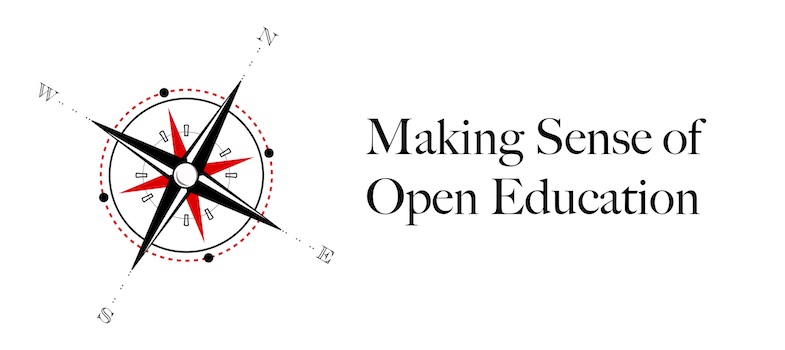I have been following the webinars of the UK partners in the Future Teacher 3.0 project and I want to share their resources on inclusive design. These sessions are participatory and collect and share lots of great practical examples.
The resources on inclusive practice include the webinar recording and a let of resources shared through Xerte and are well worth working through.
I can see the point of informing design through a set of personas yet, as a mum of a young man with disabilities I think it is important not to over simplify by categorising, it is important to respond to the individual needs of all students and for this to happen it is vital to create a relationship that welcomes discussion and open expression. We need to learn from our learners.
There are some simple things we can all do to ensure that our course contents are accessible:
- use the heading/subheading features of word processors so that those who use screen readers can navigate them effectively.
- provide captions or summaries to video resources
- use clear ALT text and metadata on images
- ask if the online tools you are using comply with accessibility standards such as w3c https://www.w3.org/standards/webdesign/accessibility
I tried the 508 checker compliance tool on to check out one of my Thinglink pages but the tool didn't return any results and a message appeared "not enough credits". Disappointing. It is important to understand vital principles of accessibility such as using high contrast colours (eg. black on white) when adding text to a VLE webpage for example.
